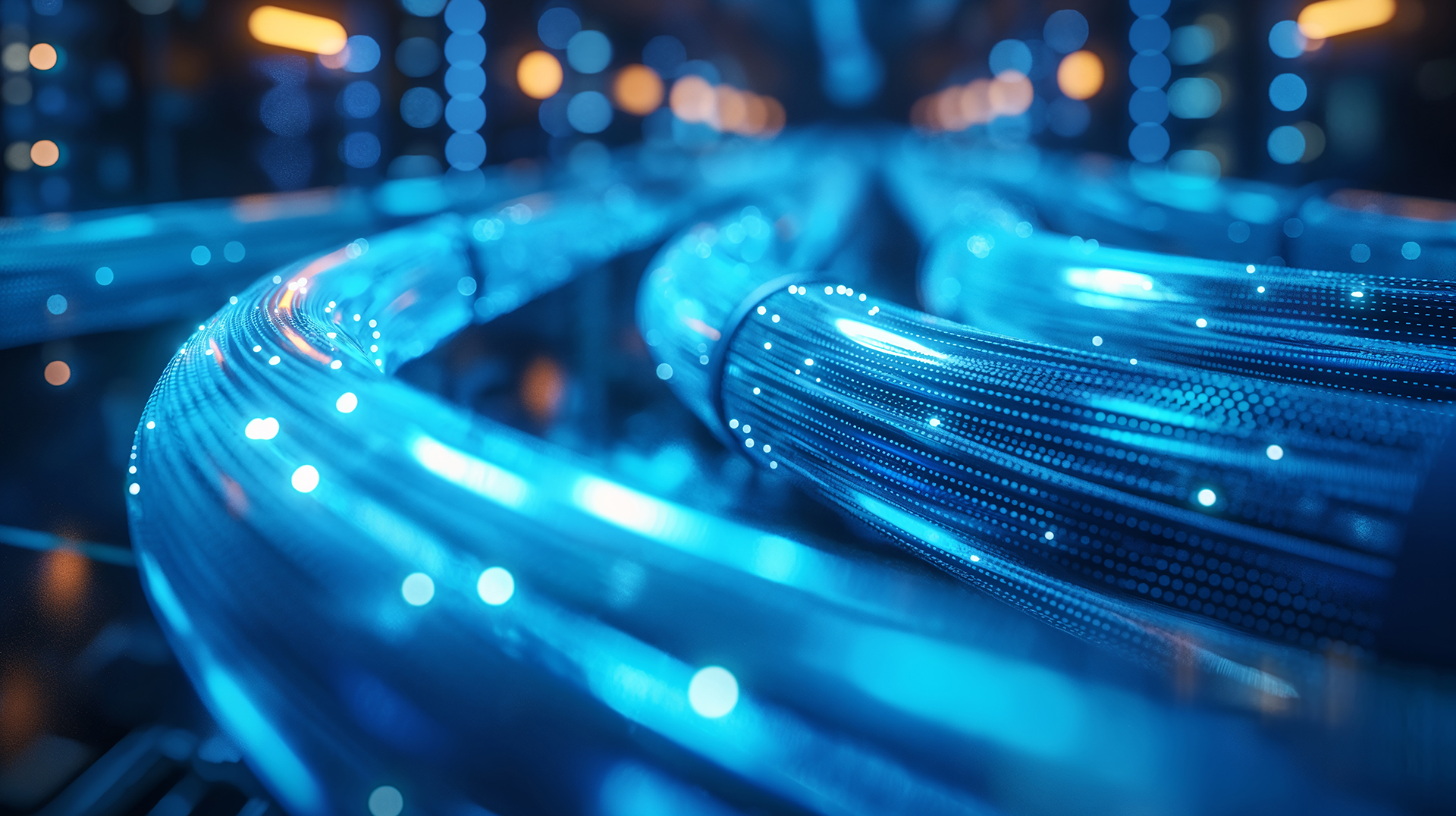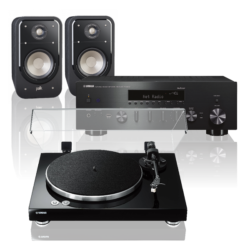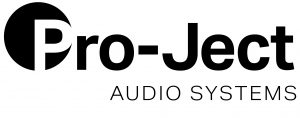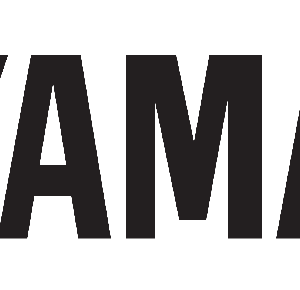Cable Upgrades…
More Than Meets the Eye

An often overlooked piece to the puzzle of HiFi or home theatre is cabling selection. It’s easy enough to use any matching cables you have sitting in your cupboard, but are they really doing your system any justice? Give me five minutes to explain why I think the right cables make all the difference.
POWER
Starting from the ground up, power cable upgrades create a clean slate for your equipment. In particular, those of us in Australia have very dirty power. This dirty power creates noise and hum which can be heard through audio equipment, and in turn muddies the audio you’re listening to.
High quality cables have more shielding and use better materials to clean and stabilise the power going through, as well as reduce any interference from other electronic equipment around you. In return, you get improved clarity, tighter bass, and smoother highs from your system. There’s a sense of cleanliness and precision you gain. Like sifting water through a filter, the power becomes pure, and sets the rest of the system up for improved performance. A side benefit here is improved consistency under load, which is especially relevant for amplifiers. An increase in the higher quality materials allows for better power transfer when the system is being driven hard, so there’s less distortion.
A brilliant introduction into upgrading your power would be the Isotek EVO3 Initium. It’s a fantastic first step into cleaning and polishing the power going into any equipment. They have an extensive range of cables for even the highest-grade audiophile enthusiasts, and come in a selection of terminations to match high-performance equipment. That’s not to talk about their power conditioners, which needs its own separate discussion.
HDMI CABLES
An often overlooked component in the cable sector is HDMI cables. One might think they’re all built the same, but in this day and age, it’s more important than ever to make sure you’re getting the right specifications for your system.
HDMI cables need to pass through both audio and visual information, and in a full home theatre system with Dolby Atmos support, High Dynamic Range (HDR), and high refresh rate capable gaming equipment, this information can stack up. If a cable isn’t certified for a high enough speed, you will either hinder the quality of your output, or you won’t get any signal. The most important aspect here is “bandwidth”. Put simply, the more bandwidth a cable has the more information it can pass through at once. This is key for high-end equipment like TVs, projectors, media players like media streamers or disc-players, and gaming consoles.
A typical modern HDMI cable, like the Kordz Pro3 series, has a bandwidth of 18Gbps. It’s a great simple choice to connect disc-players or mid-range media streamers.
For a modern home theatre setup, we recommend moving up to something such as the Kordz Bravo lineup. These high quality HDMI cables are certified up to 48Gbps; a massive step up and a complete bottleneck removal in any system. Their premium build and material choice in tandem with the speed upgrade mean you can run up to 32 channels of surround sound content, and gain features like 4K 120hz and 8K 60hz video, HDR, variable refresh rate (VRR – important for gaming), and eARC, which allows high quality audio and visual information to run back and forth between connected equipment.
We absolutely recommend these for use with multichannel amplifiers, TVs with Dolby Atmos and high-refresh rate support, soundbars, gaming consoles, streamers like the NVIDIA Shield TV Pro or Apple TV 4K, and high-end disc players with multichannel support to name a few key components.
Cable choice like this is especially important when considering a projector-based system, as more than likely you’ll be running 10-20 metres of cable, which these passive cables will struggle with. There will be significant signal degradation, and in some unfortunate instances, you won’t get a signal. The Kordz PRS4 Active Optical cables fix this issue by converting the signal into light, similar to how a classic optical cable works. This achieves a near flawless transmission of visual signal from your amplifier, which is perfect for maintaining the highest quality performance over long distance runs.
SPEAKER CABLES
Speaker cables are another critical component to any hifi system. Without the right tools, your speakers won’t give you all they can offer. Upgrading these cables leads to noticeable improvements in sound quality, reduces signal degradation, and again, shields your audio from interference.
A speaker cable’s job is to send your power and audio signal with as little alteration as possible. Unfortunately, not all cables are built the same, and more often than not cheaper alternatives either haven’t used enough materials or the wrong materials to make sure what comes out of your amplifier goes into your speakers. To make it simple, this creates resistance and makes it harder for the signal to pass through cleanly. By using more pure strands of copper and silver for example, the smoother materials allow for seamless pass-through of signal.
This in combination with pre-terminated cabling makes for a perfect addition to a HiFi system. There’s a few key advantages to buying pre-terminated cables vs bare wire, and it mainly serves to create a cleaner and more secure connection. By integrating what we like to call “banana plugs”, it protects the ends from fraying, breaking, and the internal copper wiring from oxidation, all of which keeps your signal as pure as possible. If you’ve previously bought bare-wire from us, don’t fret! We have a selection of banana plugs that you can also secure to your existing cables.
In combination, what you get is a clearer, sharper, and more focused sound. The most notable improvement is the location of musical elements between the speakers, or what we call the soundstage. You can place instruments with pinpoint precision, almost as if they’re in the same room as you. The edge is taken off vocals and main instrumentation. More delicate sounds, like background elements, become more present as their texture becomes more refined. Lastly, as the cables reduce any alterations in the sound, their timing to the speakers becomes more exact, so you achieve tighter timing, which brings more snap to elements like snares, high-hats, and kick drums.
Interconnects – RCA vs XLR vs USB/Optical
Interconnects are the cables between sources like CD players, turntables, network streamers, or even power amplifiers. These need to make sure, like the speaker cables above, that the signal from the source is transmitted flawlessly to the amplifier. Now, the upgrades to interconnects follow similarly to speaker cables; reduce alteration and degradation, improve timing and performance, and remove interference. What I would like to go over however is changing the cable to a different format if your equipment allows it.
There are three main connection styles in HiFi and home theatre:
- RCA: The classic, most common analog audio cable, easily identified by its red and white (or sometimes black) connectors for right and left stereo channels
- XLR: A professional-grade analog cable with a larger, circular 3-pin connector that locks securely in place
- Optical: A digital cable that sends audio information as pulses of light through a fiber-optic strand. It’s also known as a “Toslink” connection.
And why would you upgrade to one over the other?
XLR: RCA in an unbalanced connection. It’s a very simple design made with two conductors, one to carry the audio signal and one to ground the cable. While it is a perfectly acceptable design, it doesn’t come without its flaws. It’s more susceptible to noise and interference, especially over longer distances.
USB: When connecting something like a music streamer to an amplifier, you’re sending a digital signal through the cable. This signal needs to be converted to an analog signal so it can be played through your speakers. Keeping the signal digital between the streamer and amplifier creates a cleaner transfer between the equipment, and improves “clock” timing^. Switching to USB reduces jitter, which is a harsh or grainy sound that can be heard through cheaper or inadvisable cables. It improves detail and clarity, and removes any smearing of the stereo image (think of it as the stability of the sound coming through the speakers)
If you need guidance on which cables you should choose for your existing or upcoming systems, our experts at here at West Coast Hifi are more than happy to assist you.
True Connection
Cables truly are the backbone of our hardware. They’re the unsung heroes, the underdogs, and they deserve their time in the spotlight. Quality cables unleash your equipment’s full potential. One could say they let you “Feel the Experience”…
GLOSSARY ^ – What is a clock signal: A digital signal is basically a giant collection of tiny samples of the original soundwave. These samples need to arrive at the amplifier as consistently as possible. The way this is measured is through the “clock”. This clock is the timing of every sample, and makes sure that they arrive exactly in time, one after the other. A consistent clock makes for a more accurate and purer sound.















